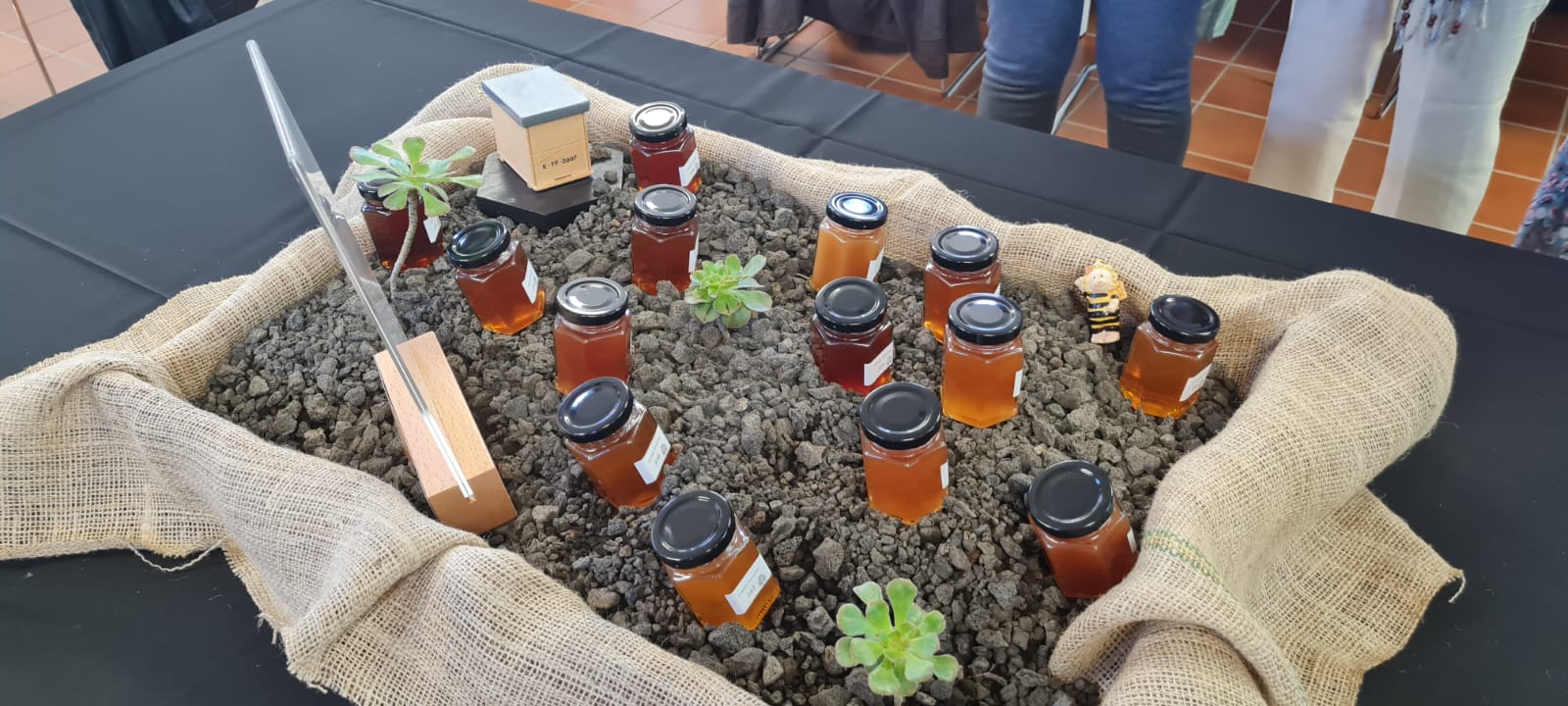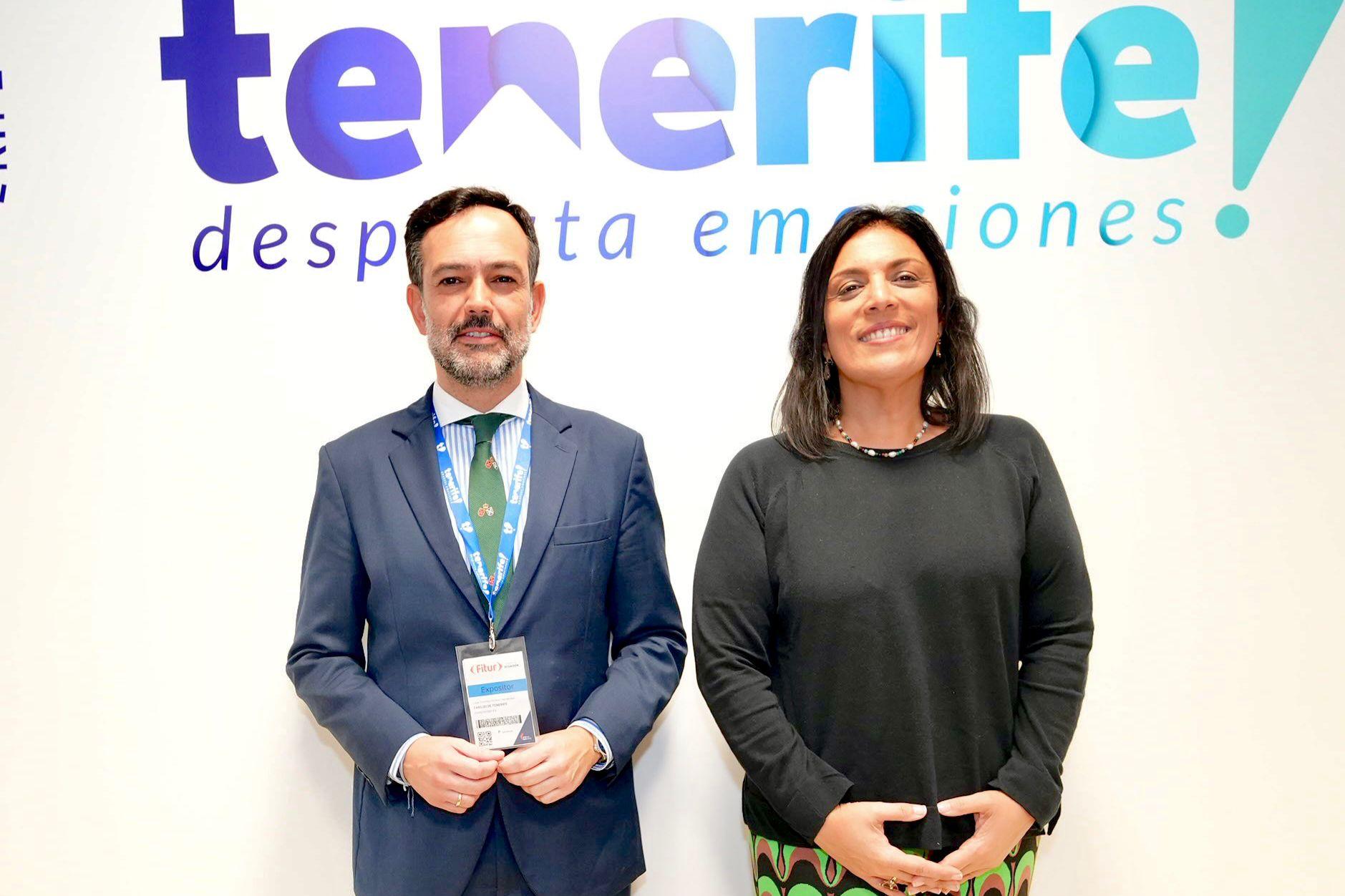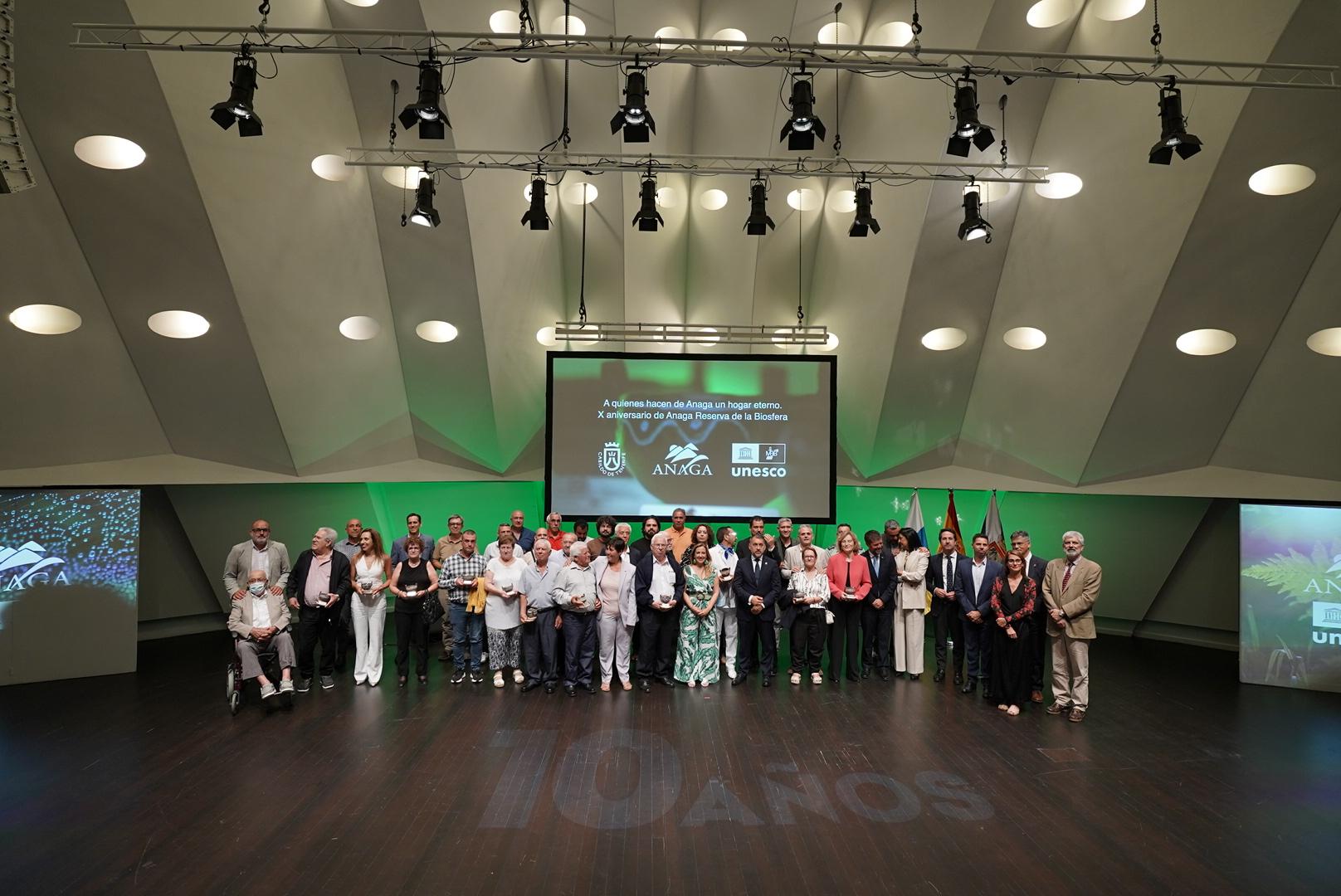Recomendaciones que debe seguir la población del núcleo de La Esperanza (El Rosario) debido al confinamiento. En todo momento mantenga la calma. Se seguirá informando a través de los medios de comunicación oficiales.
Destacado
Atención Ciudadana
Cabildo de Tenerife
Encuentra toda la información oficial sobre los servicios, noticias y eventos.Lo más consultado
Trámites
Noticias destacadas
1/2 


Bienestar animal

Economía y empresas
Turismo

Nuevas Tecnologías e Innovación

Medio Ambiente
Actos institucionales
Temas
Cooperación
Educación y formación
Nuevas tecnologías e Innovación
Comercio, calidad y consumo
Economía y empresas
Empleo
Empleo público
Turismo
Municipios
Descubre los servicios de cada municipio de la isla de Tenerife, desde atención a la ciudadanía hasta opciones de ocio y turismo, todo accesible para ti.
Próximos eventos
Contacto y ayuda
¿Te ha sido de ayuda esta página?
Utilizamos estos comentarios para mejorar nuestra documentación.Nueva versión
Comparte tu experiencia y sugerencias sobre nuestro servicio.

